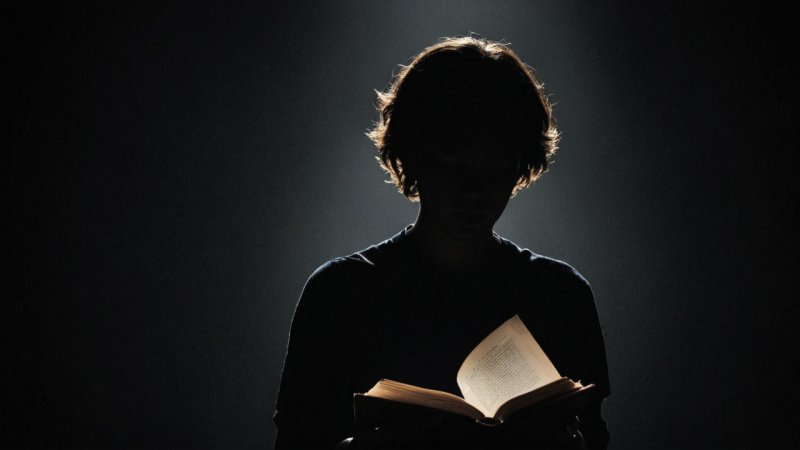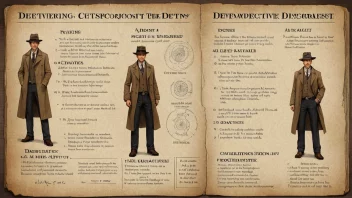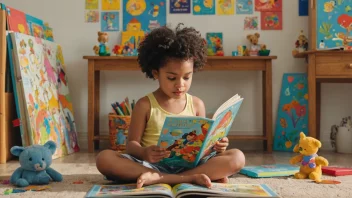Moral ambiguity is a fascinating element that often shapes the narratives of psychological thrillers, drawing readers into a complex web of ethical dilemmas and character motivations. These stories challenge our perceptions of right and wrong, forcing us to confront the uncomfortable gray areas of morality. In this article, we will delve into the role of moral ambiguity in psychological thrillers, examining its significance and impact on both characters and readers alike.
1. Understanding Moral Ambiguity
Moral ambiguity refers to situations where the distinction between right and wrong is not clear-cut, leading to ethical dilemmas that can provoke intense emotional responses. In psychological thrillers, this concept is often used to develop characters that are neither wholly good nor evil. This complexity adds depth to the story, making characters more relatable and their actions more justifiable, even when they commit heinous acts.
2. Character Development through Ambiguity
One of the most compelling aspects of psychological thrillers is the character development that arises from moral ambiguity. Authors often create protagonists who grapple with their own moral choices, allowing readers to explore their internal conflicts. For example:
- Complex Protagonists: Characters like Dexter Morgan from *Dexter* or Lisbeth Salander from *The Girl with the Dragon Tattoo* embody the struggle between morality and personal justice.
- Unreliable Narrators: Thrillers often feature unreliable narrators whose skewed perceptions challenge readers to question what is true and what is fabricated.
3. Plot Twists and Ethical Dilemmas
Moral ambiguity fuels the plot twists that keep readers on the edge of their seats. By presenting ethical dilemmas, authors can create suspense and surprise. Some common devices include:
- Unexpected Alliances: Characters may form alliances based on shared goals, despite their questionable ethics.
- Revealing Backstories: A character’s past may shed light on their morally ambiguous choices, prompting readers to empathize with their motives.
- Ambiguous Endings: Many psychological thrillers conclude without a definitive resolution, leaving readers to grapple with the implications of the characters’ choices.
4. The Role of the Reader’s Morality
Moral ambiguity not only shapes characters and plots but also invites readers to reflect on their own values and beliefs. As they navigate through the story, readers may find themselves sympathizing with characters who make questionable decisions. This interaction can manifest in several ways:
- Self-Reflection: Readers may question their own moral compass, considering what they would do in similar situations.
- Empathy: The emotional connection to flawed characters can lead to a greater understanding of human complexity.
- Discussion and Debate: Moral ambiguity often sparks conversations among readers about right and wrong, deepening the collective engagement with the text.
5. The Lasting Impact of Moral Ambiguity
The exploration of moral ambiguity in psychological thrillers leaves a profound impact on the genre and its audience. It encourages a deeper examination of human nature and the societal constructs of morality. Moreover:
- Influence on Future Works: The success of morally ambiguous thrillers paves the way for new authors to push boundaries and experiment with this theme.
- Cultural Reflection: These narratives often mirror societal issues, prompting readers to consider the implications of their own moral decisions in real life.
- Enduring Popularity: The complexity and excitement of moral ambiguity ensure that psychological thrillers remain a beloved genre, captivating both new and seasoned readers.






